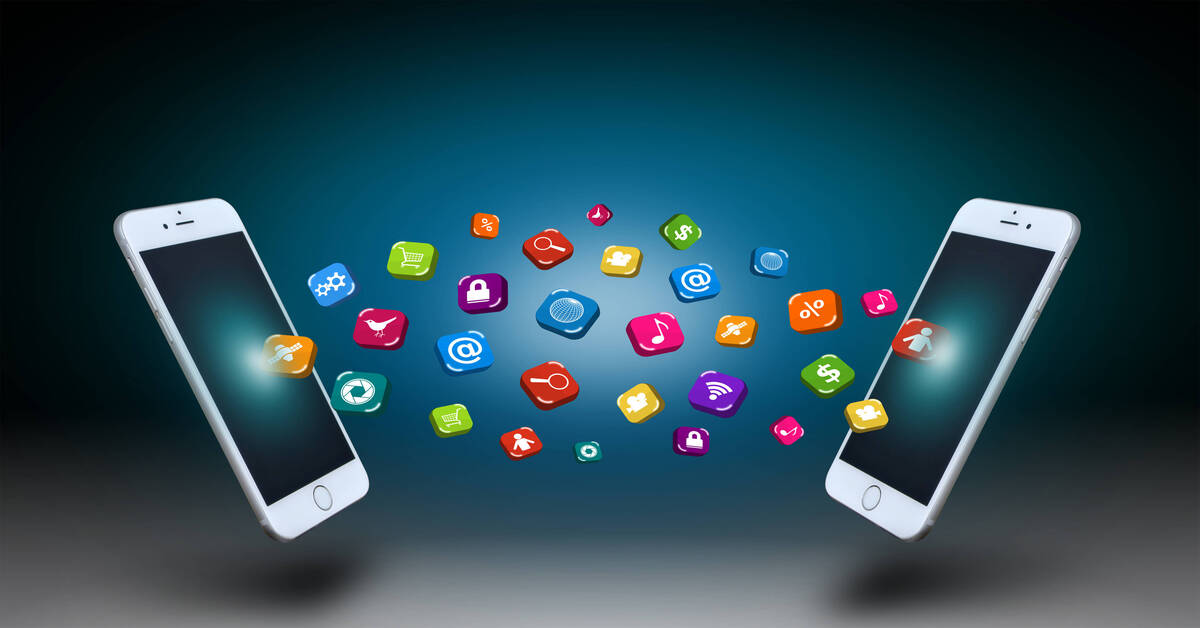Mobile devices are the primary means of accessing the Internet and interacting with digital content for billions of people worldwide. But not everyone interacts with them in the same way. Mobile accessibility bridges this gap, ensuring that people with disabilities can enjoy the same functionality and engagement as everyone else.
Over the years, the two major mobile operating systems – Android and iOS – have made remarkable strides when it comes to enhancing mobile accessibility. From screen readers to assistive touch gestures, both platforms offer a wide array of features to accommodate diverse user needs. These features are similar, but there are also a few differences.
As a business owner, understanding these nuances can help you gain insights on how to optimize your mobile website and apps. That way, you’ll be able to provide more seamless user experiences and tap into an expansive market of potential customers.
Android vs iOS Accessibility Features
Both operating systems offer various accessibility features for people with visual, hearing, motor/physical, and cognitive impairments. You can easily find these features on iOS devices in the Accessibility section under ‘Settings’ and in the Android Accessibility Suite on Android devices. Let’s explore how they benefit users with disabilities.
💡Learn More: What Is Android Accessibility Suite?
Vision Accessibility
Both Android and iOS offer built-in screen readers called TalkBack and VoiceOver respectively. These allow blind and low-vision users to navigate the mobile interface and read screen content using speech and haptic feedback.
You can access TalkBack on the fly on a new Android phone or tablet. Follow these steps:
- Find and press the Power button on your device, usually located on the upper right side edge.
- Put two fingers on the display, at least an inch apart. Hold them until you hear an audible prompt asking if you want TalkBack enabled.
- Hold your fingers against the screen until it reports that TalkBack is successfully initialized.
- You will be guided through an interactive tutorial — Explore by Touch — the first time you start TalkBack. The TalkBack Settings menu option allows you to pause this tutorial anytime and resume where you left off, or restart from the beginning.
To use VoiceOver on an iOS device, follow these steps:
- Touch the screen in various places until you hear the selection you want.
- Double-tap with one finger to call up the selection.
- Tap the Settings icon on the home screen to open the settings menu.
- Select General > Accessibility.
- Locate VoiceOver in the list and use the toggle to activate or deactivate it.
Both Android and iOS provide options for adjusting display settings to enhance visibility. These include text magnification, font size adjustments, color contrast and filters, and transparency settings.
To optimize visual accessibility on mobile websites and apps, make sure that all content is accessible with built-in screen readers. This means using proper semantic markup and HTML tags and providing alternative text for images. Always use responsive design to ensure your content displays well on all screen sizes.
Hearing Accessibility

Both Android and iOS offer similar options to enable customized closed captions and enhance sound quality. However, Android offers Live Transcribe, a built-in feature that allows users with hearing impairments to get real-time captions for multimedia content. iOS users, on the other hand, need to download this feature as a subscription-supported app.
Deaf people and those with hearing impairments often rely heavily on visual content and inputs to access and interact with digital content. Recognizing this is key to making your mobile offerings more accessible to them. Always provide text and visual alternatives for audio cues. You can also leverage the device’s vibration capabilities to provide haptic feedback for alerts and notifications.
Motor/Physical Accessibility
Android’s Accessibility Menu” (“Touch Accommodations” in iOS devices) provides built-in features to help people with physical impairments use their devices more easily. These settings make touch targets and gestures larger and allow users to control their devices using switches, eye tracking, breath control, or a Bluetooth keyboard.
You can make their mobile websites and apps more accessible for users with physical impairments by taking a few steps:
- Make sure users can navigate and interact using a keyboard.
- Make buttons, links, and other interactive elements bigger for easier selection.
- Consider adding voice control options and allowing users to customize gestures.
- Design for different screen sizes and orientations.
- Give users more time to respond to selections, prompts and inputs.
Cognitive Accessibility
Both Android and iOS have features to help people with cognitive disabilities like dyslexia, dementia, autism and learning differences use mobile devices. Here are the main similarities and differences:
- Simplified Interface: Both platforms offer settings to reduce page clutter, limit distractions and simplify gestures. This helps with information overload. However, iOS has more options to customize the home screen and reduce animation effects.
- Text Options: iOS offers more text styling options to maximize readability and a “Speak Screen” option to read full pages of text aloud. Android only has text selection reading.
- Keyboard: Both platforms let you adjust the keyboard height, key repeat speed, and sound to suit your typing needs.
- Limits & Reminders: iOS has detailed limits for app usage, privacy settings, and purchases that can be helpful for people with memory issues. Android’s Digital Wellbeing tools also set app timers but it is not as robust as the Screen Time limits on iOS.
Closing Thoughts
In today’s digital landscape, inclusivity is not just a moral responsibility, but also a smart business move. Understanding the importance of web accessibility and its impact on your company’s growth and success is key. As the use of mobile devices for internet access continues to rise, it is crucial to ensure that your website is accessible on both Android and iOS platforms.
Equally AI provides thorough mobile accessibility testing services to help you gain useful insights to create inclusive and beneficial mobile websites and apps for all users. With our expertise and advanced testing tools, you can ensure that your mobile products meet the highest accessibility standards and provide exceptional user experiences.




